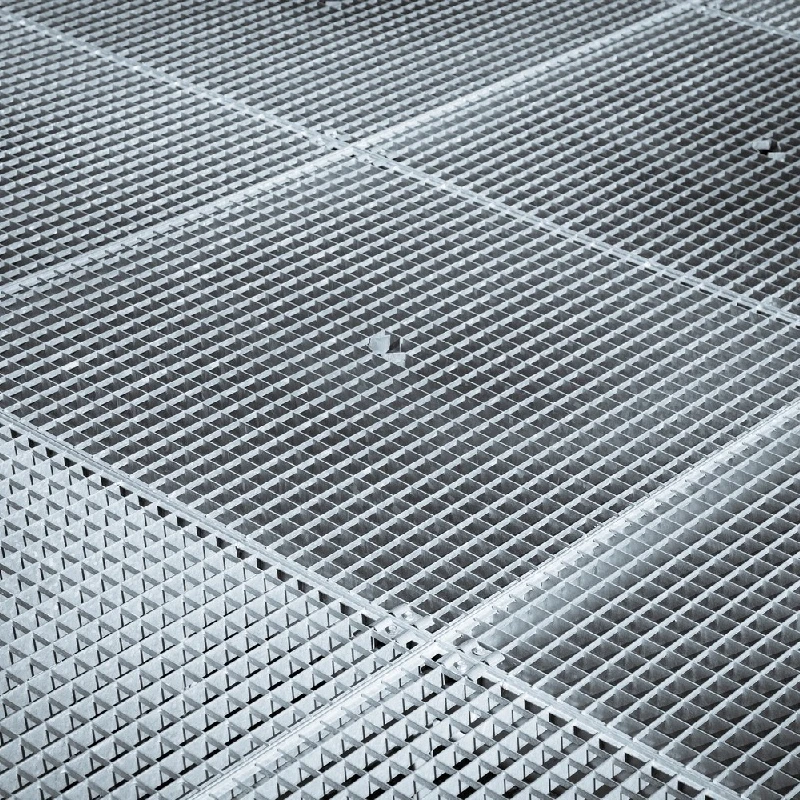- Industrial zone, South of Anping Town, Hengshui, Hebei, China.
- sales@hfpetromesh.com
- +86-18931809706
 Afrikaans
Afrikaans  Albanian
Albanian  Amharic
Amharic  Arabic
Arabic  Armenian
Armenian  Azerbaijani
Azerbaijani  Basque
Basque  Belarusian
Belarusian  Bengali
Bengali  Bosnian
Bosnian  Bulgarian
Bulgarian  Catalan
Catalan  Cebuano
Cebuano  Corsican
Corsican  Croatian
Croatian  Czech
Czech  Danish
Danish  Dutch
Dutch  English
English  Esperanto
Esperanto  Estonian
Estonian  Finnish
Finnish  French
French  Frisian
Frisian  Galician
Galician  Georgian
Georgian  German
German  Greek
Greek  Gujarati
Gujarati  Haitian Creole
Haitian Creole  hausa
hausa  hawaiian
hawaiian  Hebrew
Hebrew  Hindi
Hindi  Miao
Miao  Hungarian
Hungarian  Icelandic
Icelandic  igbo
igbo  Indonesian
Indonesian  irish
irish  Italian
Italian  Japanese
Japanese  Javanese
Javanese  Kannada
Kannada  kazakh
kazakh  Khmer
Khmer  Rwandese
Rwandese  Korean
Korean  Kurdish
Kurdish  Kyrgyz
Kyrgyz  Lao
Lao  Latin
Latin  Latvian
Latvian  Lithuanian
Lithuanian  Luxembourgish
Luxembourgish  Macedonian
Macedonian  Malgashi
Malgashi  Malay
Malay  Malayalam
Malayalam  Maltese
Maltese  Maori
Maori  Marathi
Marathi  Mongolian
Mongolian  Myanmar
Myanmar  Nepali
Nepali  Norwegian
Norwegian  Norwegian
Norwegian  Occitan
Occitan  Pashto
Pashto  Persian
Persian  Polish
Polish  Portuguese
Portuguese  Punjabi
Punjabi  Romanian
Romanian  Russian
Russian  Samoan
Samoan  Scottish Gaelic
Scottish Gaelic  Serbian
Serbian  Sesotho
Sesotho  Shona
Shona  Sindhi
Sindhi  Sinhala
Sinhala  Slovak
Slovak  Slovenian
Slovenian  Somali
Somali  Spanish
Spanish  Sundanese
Sundanese  Swahili
Swahili  Swedish
Swedish  Tagalog
Tagalog  Tajik
Tajik  Tamil
Tamil  Tatar
Tatar  Telugu
Telugu  Thai
Thai  Turkish
Turkish  Turkmen
Turkmen  Ukrainian
Ukrainian  Urdu
Urdu  Uighur
Uighur  Uzbek
Uzbek  Vietnamese
Vietnamese  Welsh
Welsh  Bantu
Bantu  Yiddish
Yiddish  Yoruba
Yoruba  Zulu
Zulu
- Afrikaans
- Albanian
- Amharic
- Arabic
- Armenian
- Azerbaijani
- Basque
- Belarusian
- Bengali
- Bosnian
- Bulgarian
- Catalan
- Cebuano
- Corsican
- Croatian
- Czech
- Danish
- Dutch
- English
- Esperanto
- Estonian
- Finnish
- French
- Frisian
- Galician
- Georgian
- German
- Greek
- Gujarati
- Haitian Creole
- hausa
- hawaiian
- Hebrew
- Hindi
- Miao
- Hungarian
- Icelandic
- igbo
- Indonesian
- irish
- Italian
- Japanese
- Javanese
- Kannada
- kazakh
- Khmer
- Rwandese
- Korean
- Kurdish
- Kyrgyz
- Lao
- Latin
- Latvian
- Lithuanian
- Luxembourgish
- Macedonian
- Malgashi
- Malay
- Malayalam
- Maltese
- Maori
- Marathi
- Mongolian
- Myanmar
- Nepali
- Norwegian
- Norwegian
- Occitan
- Pashto
- Persian
- Polish
- Portuguese
- Punjabi
- Romanian
- Russian
- Samoan
- Scottish Gaelic
- Serbian
- Sesotho
- Shona
- Sindhi
- Sinhala
- Slovak
- Slovenian
- Somali
- Spanish
- Sundanese
- Swahili
- Swedish
- Tagalog
- Tajik
- Tamil
- Tatar
- Telugu
- Thai
- Turkish
- Turkmen
- Ukrainian
- Urdu
- Uighur
- Uzbek
- Vietnamese
- Welsh
- Bantu
- Yiddish
- Yoruba
- Zulu
Specifications for Platform Grating Design and Application Guidelines
Understanding Platform Grating Specifications A Comprehensive Overview
Platform grating specifications play a crucial role in the design and safety of transportation systems, walkway designs, and various industrial applications. Grating is an essential component that allows for safe pedestrian passage while enabling the drainage of water and the prevention of slip hazards. Understanding the specifications behind platform grating is vital for engineers, architects, and safety personnel involved in infrastructure development.
The primary objective of platform grating is to provide a robust, durable walking surface while maintaining structural integrity and safety. Key specifications to consider include the material, load-bearing capacity, spacing, and surface treatment. Common materials used in the fabrication of platform gratings include steel, aluminum, and fiberglass. Each material has its unique properties, with steel offering high strength and durability, aluminum being lightweight and resistant to corrosion, and fiberglass providing excellent chemical resistance and non-conductivity.
Load-bearing capacity is another critical specification that determines the safety and functionality of platform grating. Load ratings are categorized based on the expected traffic, which can range from foot traffic to the movement of heavy equipment. Designers must ensure that the chosen grating can support the maximum anticipated load while adhering to safety regulations set by local building codes.
platform grating specification

Spacing between the vertical supports of the grating is also a significant consideration. A well-designed spacing system ensures that the grating remains stable under dynamic loads, preventing bending or sagging. Typically, manufacturers provide guidelines on the optimal spacing based on the chosen material and design, which should always be strictly followed during installation.
Surface treatment is another vital aspect of platform grating specifications. The surface must offer sufficient traction to reduce slip risks in various environmental conditions. This is achieved through various treatments such as serration, grit coating, or specific patterns that enhance grip. Additionally, anti-slip features are essential for areas exposed to rain, snow, or oil, ensuring safety for all users.
Finally, compliance with safety standards is paramount in the specifications of platform grating. Different countries and regions have established guidelines defining acceptable standards for safety, material quality, and load capacities. Adhering to these standards not only ensures safety but also helps prevent legal issues and liabilities in case of accidents.
In conclusion, understanding platform grating specifications is essential for the success and safety of various infrastructural projects. By considering factors such as material choice, load-bearing capacities, spacing, surface treatment, and compliance with safety regulations, engineers and architects can design reliable and safe platforms. This knowledge is vital in promoting safety, enhancing performance, and ensuring the longevity of platforms in residential, commercial, and industrial settings.
-
Welded Steel Bar Grating: The Rugged Industrial Flooring Solution Built for Load and LongevityNewsJun.24,2025
-
Steel Walkway Grating: Reliable, Resilient, and Built for Every StepNewsJun.24,2025
-
Shale Shaker Screen for Sale: Optimize Drilling Efficiency with Precision Screening PowerNewsJun.24,2025
-
Shaker Screen for Sale: Elevate Your Drilling Efficiency with Durable Separation SolutionsNewsJun.24,2025
-
Press Locked Steel Grating: Industrial Strength with Precision Fit for Heavy-Duty ApplicationsNewsJun.24,2025
-
Perimeter Safety Netting: The Critical Safety Upgrade for Every HelipadNewsJun.24,2025